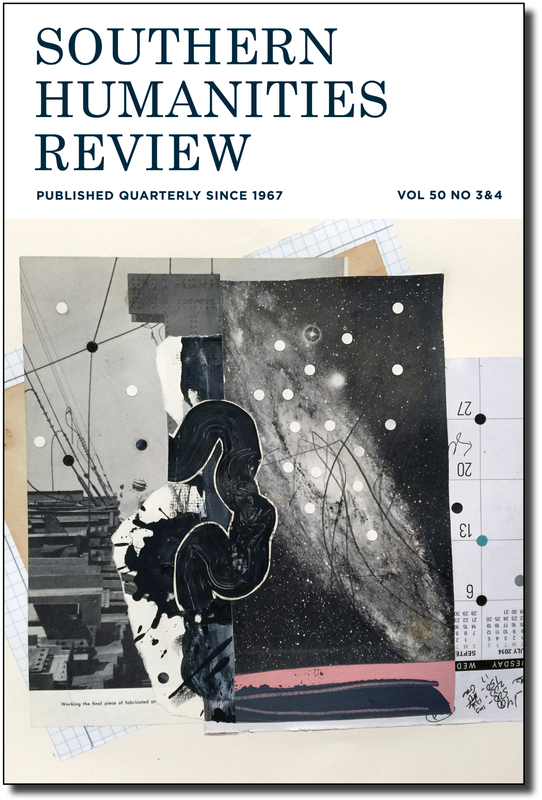|
Vertical Divider
|
VOLUME 50.3&4
This essay was awarded our Hoepfner Literary Award for Volume 50 of SHR. Learn more about the awards HERE.
|
CURRENT ISSUE
|
CONTACT
|
DEPARTMENT OF ENGLISH
|



